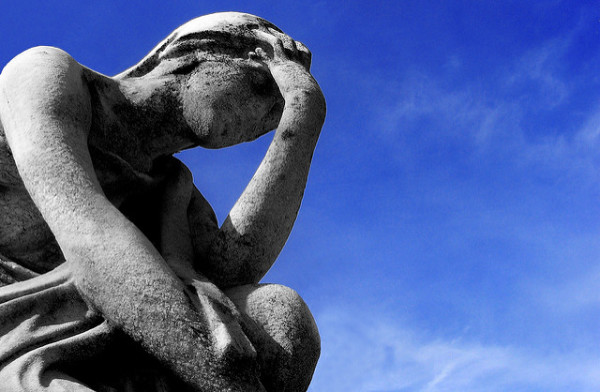We all know the feeling. Everything is going fine when all of a sudden, a dull aching pain begins at the temples and spreads throughout your head. Tired and fatigued from the pain, you feel unmotivated to work, and just want to go home and take a nap.
Headaches are one of the most common health complaints nowadays, no doubt as a result of the high-stress environments we live in. During a headache, nociceptors (pain receptors) in the head and neck are triggered to activate a pathway through the trigeminal nerve which activates the pain sensation. The trigeminal nerve is located in the thalamus in the brain, which also controls light and noise sensitivity.
Despite seeming universal, headaches can actually be classified into subtypes depending on the different causes. The main types of headaches are primary and secondary headaches. These are further classified into more specific categories that address causes and symptoms.
Primary Headaches
Primary headaches are caused by problems directly in the head. For example, muscles in the head and neck may be tense, or the blood vessels on the exterior of the skull may dilate and place pressure on the head. Primary headaches can be caused by a variety of different factors including:
- Alcohol intake
- Sleep deprivation
- Hunger
- Stress
- Incorrect posture
There are specific types of primary headaches as well, the most common of which are cluster headaches, migraines, and tension headaches.
Image Source: Thomas Barwick
Secondary Headaches
Secondary headaches are not caused directly by pain or sensitivity. Instead, underlying diseases and conditions cause secondary headaches. For example, dehydration, meningitis, or glaucoma can cause pain.
Treating Headaches
Headaches can cause distress and also detract from our daily activities. Treating headaches can lessen the severity of the pain and allow us to continue with our day to day work. For example, apart from taking pain medication, you can:
- Relax muscles in the head and neck with a hot shower or cold compress
- Eat meals on time and drink adequate water to prevent hunger and dehydration
- Stay active and exercise
- Sleep well and regularly
Beyond these lifestyle changes, people also seek relief in other treatments like acupuncture, chiropractic treatment, and meditation.
Though headaches are a common health complaint, there exist a variety of factors that can cause the different types of headaches listed above. Understanding the specific causes of a headache can help in treating it effectively and preventing future headaches as well.
Feature Image Source: headache by threephin










